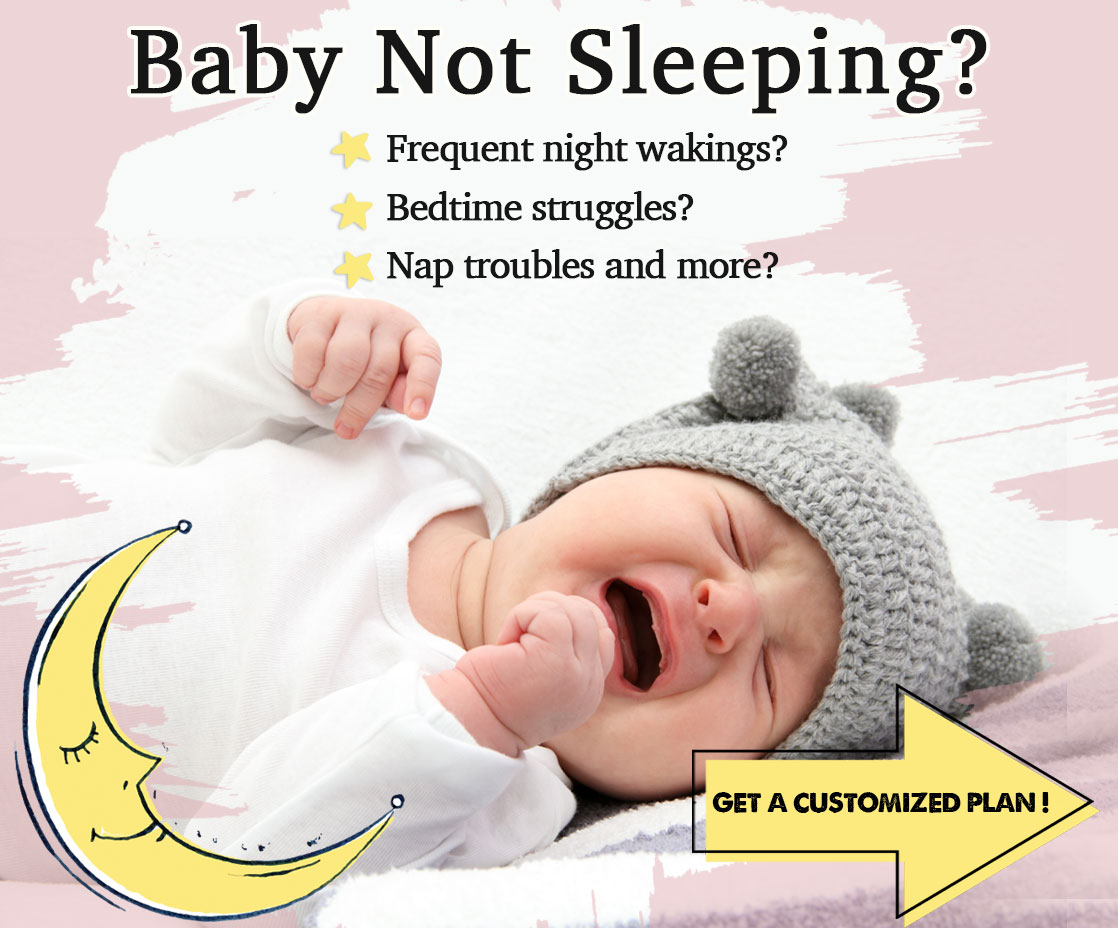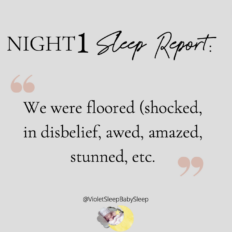
Swaddling is a common practice among parents. Grab your baby, wrap them up in a tiny straight-jacket, and off to sleep they go……. content, secure, and safe. But is it that simple? Of course not! Because you’re a parent and parenthood comes packaged with all sorts of complications.
In fact, swaddling is downright controversial, with many people questioning its safety record.
Swaddling in the News
Swaddling is no stranger to the news; you see it in headlines that make your heart race and leave you second guessing ever letting anything cloth around your child. In 2011, the National Resource Center of Child Health and Safety encouraged daycares to eliminate the practice of swaddling, stating that it posed a risk of Sudden Infant Death Syndrome (or SIDS).
Minnesota banned it in childcare facilities; Texas and Pennsylvania followed. Other states, while not banning it completely, expressed concerns about hip dysplasia. Pediatricians, parents, and childcare providers fought back, arguing that swaddling’s historical significance in child rearing spoke for itself. It’s believed to go all the way back to the paleolithic period, which means it’s literally been around since the caveman days.
People chose their corners, either for swaddling or against it, but few took the time to consider the child’s age (the most important factor when it comes to the safety of swaddling). Children over six months old possess the motor skills to roll on their stomachs, which makes swaddling dangerous. It can be dangerous in younger kids as well if the child is placed on their side or their stomach.
It comes down to this: swaddling is safe as long as certain precautions are taken. It should be limited to newborns within their first few weeks and always under the watchful eye of an adult. And, whenever it’s used, babies should be laid on their backs (even without a swaddle, newborns should sleep this way to decrease the risk of SIDS).
The Steps to Swaddling
It’s not hard to swaddle an infant, yet it does take practice; swaddling a kicking, screaming human is sometimes a challenge in patience and dexterity. To do it properly, perform the following steps:
- Spread the cloth out so it lies flat and fold one corner
- Place your baby on the swaddle face up, with their head near the top of the folded corner
- Grab the left arm and gently straighten it, wrapping the left corner of the swaddle over the body and tucking it between the right arm and the right side of the body
- Bring up the bottom of the swaddle and secure it under your baby’s chin
- Grab the right arm and gently straighten it, wrapping the right corner of the swaddle over the body and tucking it underneath the left side
- Check your work by making sure your baby has room to move – you want it snug but not overly tight
- Lay your baby face up in their crib and grab the baby monitor
- Take a deep breath and relax
Other Things to Consider
Just because swaddling is safe for newborns, that doesn’t necessarily mean it’s right for your infant. It might help them sleep; then again, it might just cramp their style. They want to hang out in their crib, fabric-free.
If swaddling is something you decide to do, certain guidelines can help you make it as safe as possible. These include:
Assure the swaddle doesn’t come loose: Loose blankets are a huge hazard to infants, increasing the risk of suffocation. That’s why it’s recommended that you don’t let your baby sleep with sheets, comforters, or bumpers during the first year. A loose swaddle acts like a blanket, which is why you must secure it firmly.
Lie your baby on their back: As mentioned above, it’s always necessary to lie your baby on their back. Swaddling ups this ante. Never put your baby on their side or belly when they’re swaddled.
Stop swaddling at the right age: Swaddling looks so cozy that some moms and dads might even want to try it. Unfortunately, it has a very strict age limit. While it’s absolutely imperative that you stop swaddling before your baby develops the motor skills to roll themselves, most parents stop earlier (usually at six or eight weeks).
Don’t over tighten: Being snug as a bug in a rug is one thing; being too closed for comfort is another. Over-tightening the swaddle can disrupt your baby’s joint development and set them up for hip dysplasia. Make sure to give the hips adequate room.
Be cautious of overheating: Swaddling usually increases body temperature, which might be an issue when the weather warms. Avoid this by using light swaddles rather than those made of thick blankets. Even after you quit the quilts, stay vigilant for signs of overheating. These include sweating, damp hair, fast breathing, and red cheeks.
Use the baby monitor: Swaddling makes it easier for babies to fall asleep by reducing their level of arousal. However, this reduction does come with more risk, which is why you’ll need to monitor your baby closely. This likely won’t be an issue: parents naturally stalk their children, anyway.
Swaddling and sleep go hand and hand – a baby burrito is often the perfect recipe for rest. Still, it’s important to follow the above guidelines to make sure your infant stays exactly as you want them: safe and sound.





















